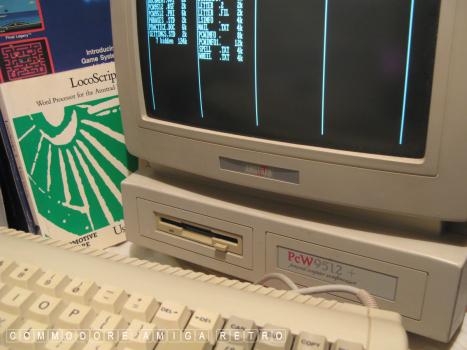
OK the proof is in the pudding
Lets put the concept to the test
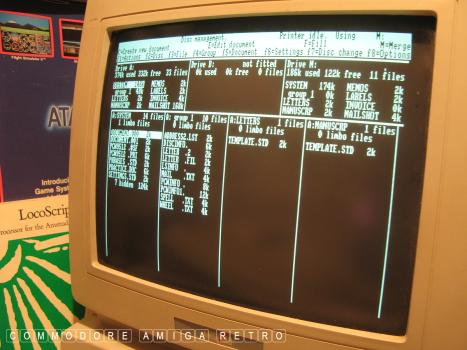
Locoscript is not just a wordprocessor, it
is also a file manager. No mouse just the
keys. The function buttons hold the keys
to all the various actions and they are
listed across the top of the screen. The
groups are like folders or directories
And the drives are A - B and M for memory
It is the A drive that is booted on the screen
and cus this is not a Windows based system
the OS is now fully in memory as like with
the Amiga so you can disk swap as much as
you like without having to call up files
from the disk.
So the first thing I did was make a copy of
the Locoscript disk and then empty its
contents. Locoscript hides files and also
puts deleted files in a state of limbo so
you need to clear all. The file manager tells
you how much space is left in memory and on
disk and like the Amiga you can use it all.
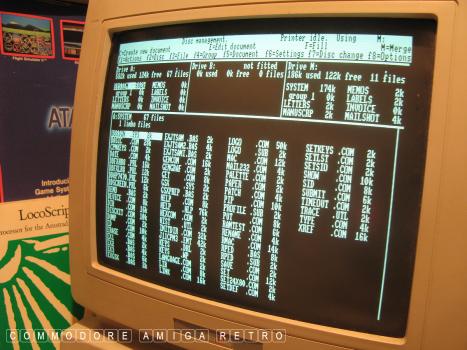
Insert the CP/M disk and press the F7 key to
disk change and you should see the contents
of the CP/M disk. Next, through a series of
disk swapping copy the files to M and to
the empty target disk.
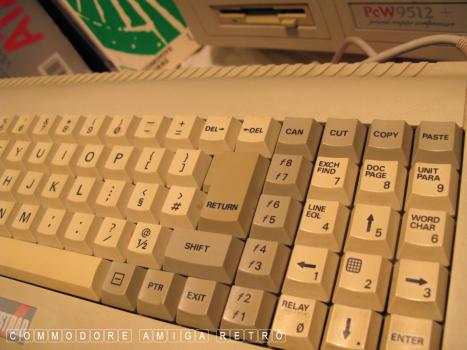
It is an education in itself using a keyboard
without the pointy click facilities of the
mouse but in no time you get use to it again.
The function keys alternate on a SHIFT between
the numeric and main keys. the arrow keys are
in the numeric and that ENTER key is used and
not the RETURN key. In truth for file management
you live on the numeric and function keys. The
reason is for rotation of the fingers. You cycle
around similar to the keys on the Plus4 or MSX
type machines. It really isn't hard to master.
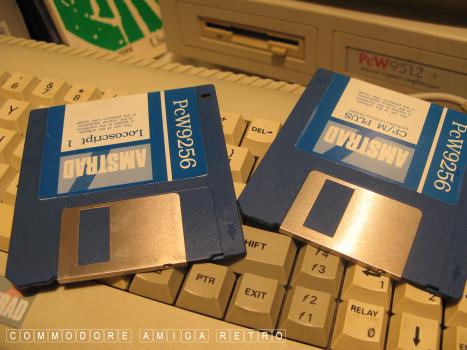
My problem had been that the disks I was using
were for the PCW9256 and not the 9512+. Same
software in truth but very slightly different
machines. I hadn't realised .
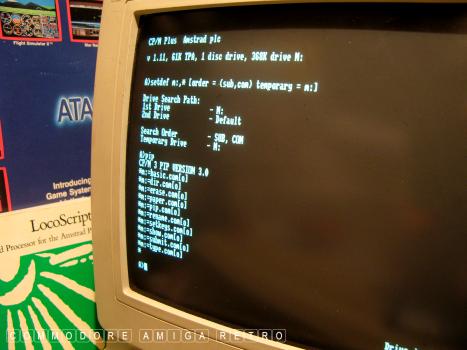
All done. I then changed the extension of
J11CPM3.EMS to a .EMT file and rebooted
As with the Amiga you can do all of this
while leaving the machine active and
diskswap your boot disk without interfering
with the OS. Basically cus like I said, the
OS gets fully loaded into memory on initial
boot. It doesn't need to keep accessing the
disk as with a MS system
Anyway I then booted the created disk and
the computer fired up CP/M. Classic
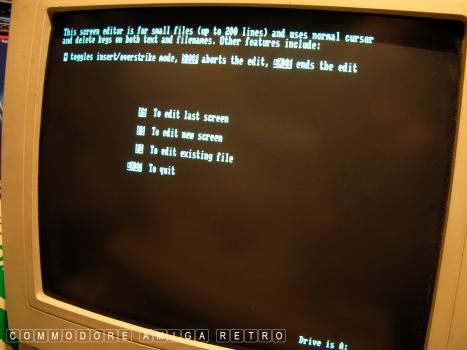
And there is the jewel I was looking for RPED
The very splendid Mallard application created
by Roland Perry .. Aptly named the Roland Perry
Editor .. or RPED for short. This was created
by Amstrad when it was realised that CP/M-80
did not come with a full screen editor. This
same problem was consistent with DOS-Plus and
MS-DOS supplied with Amstrad computers.
If you have never used CP/M you really should
have a go. Kinda basic now but certainly gets
your brain working in a completely different way
I never like ever have been able to get my head
round DOS. But CP/M just made so much sense.
I'm a happy CP/M bunny.. Onwards

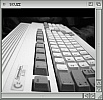
![]()


![]()